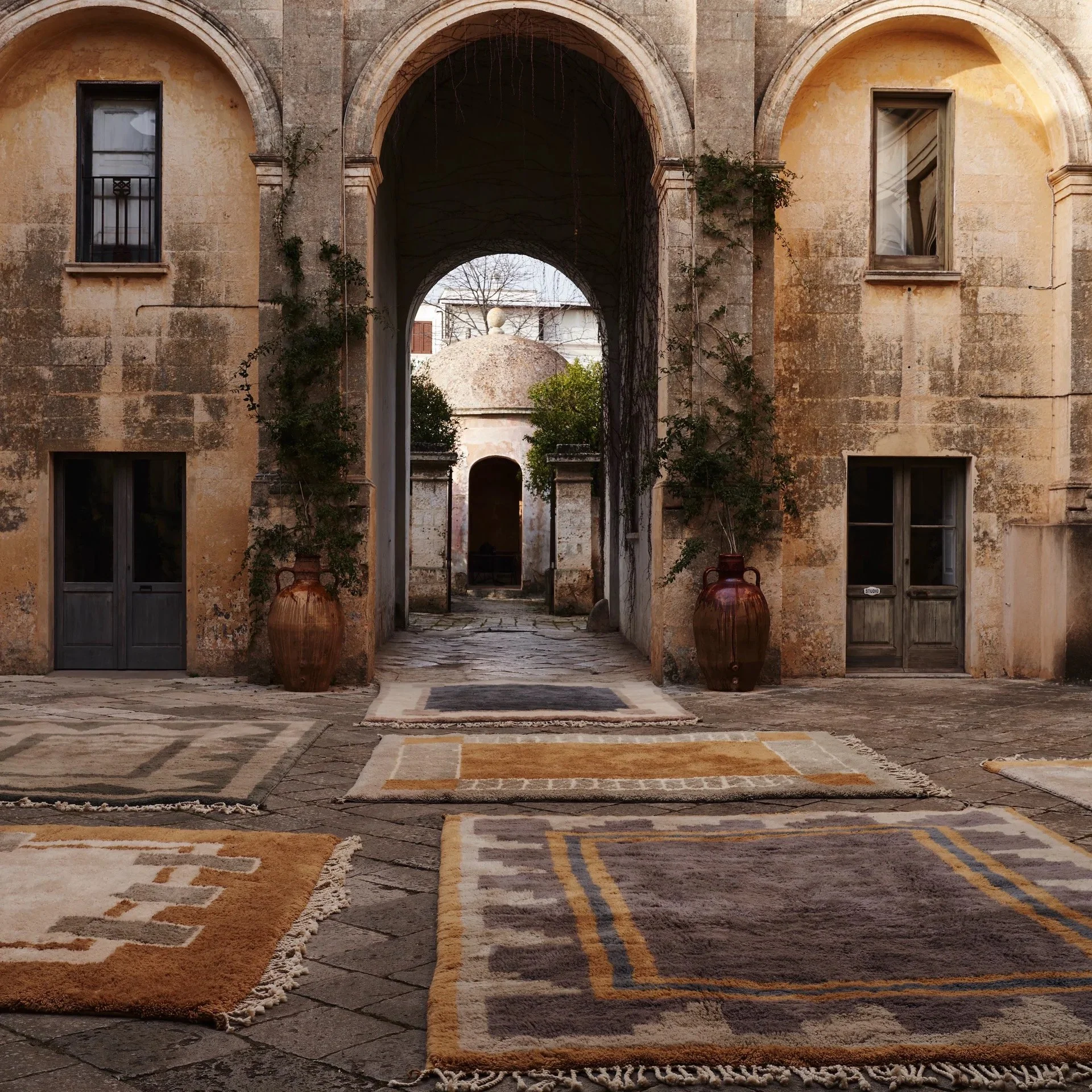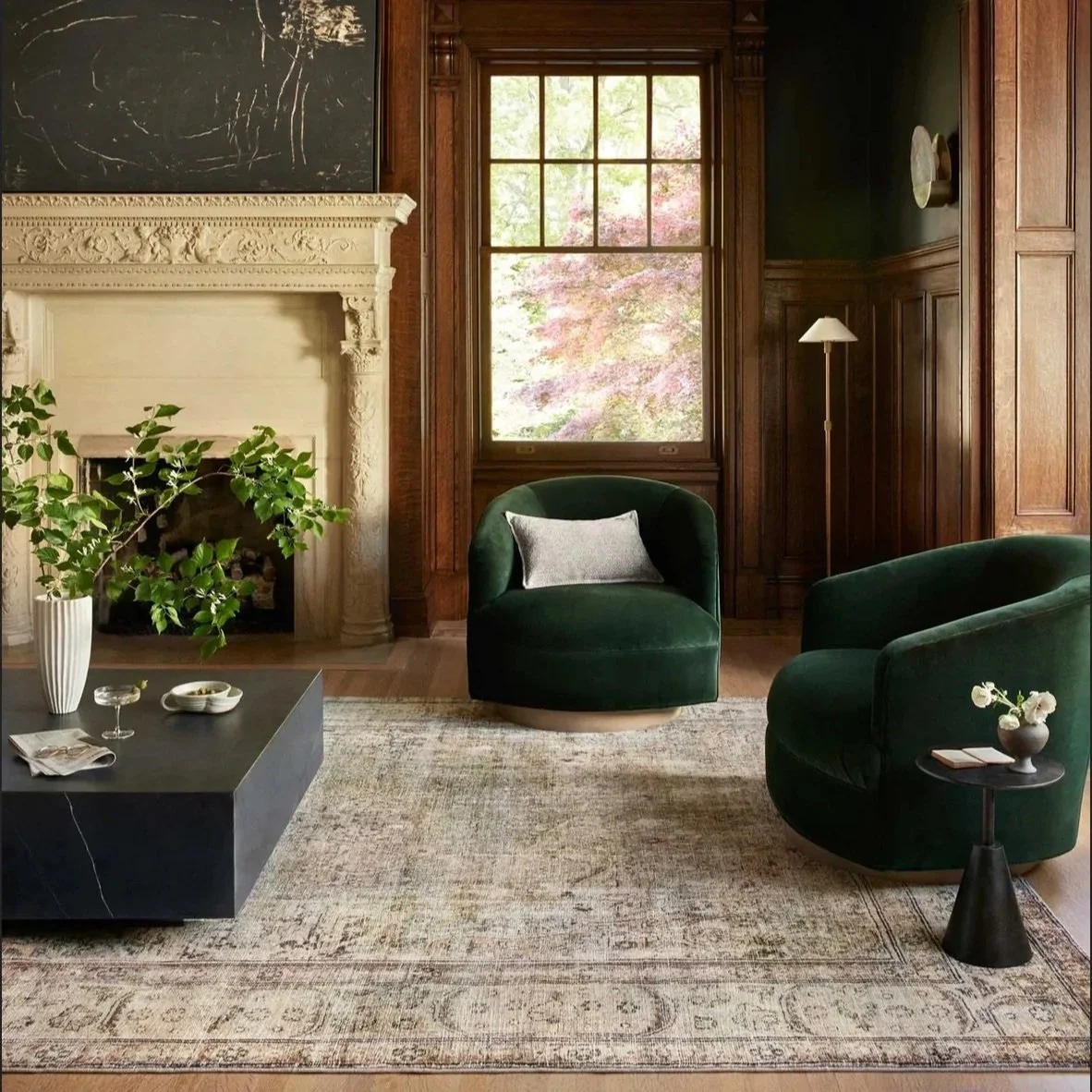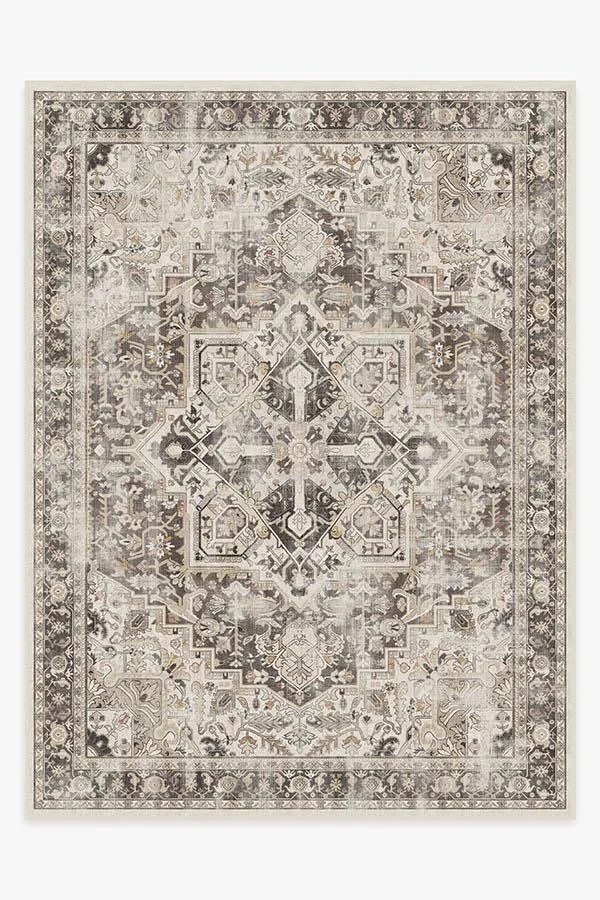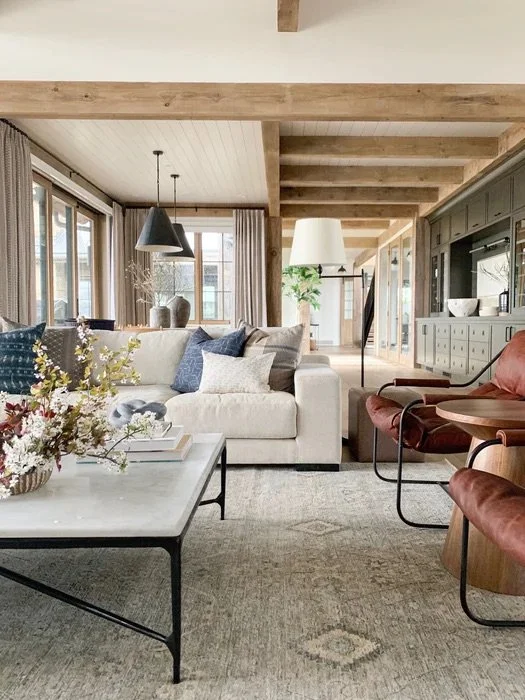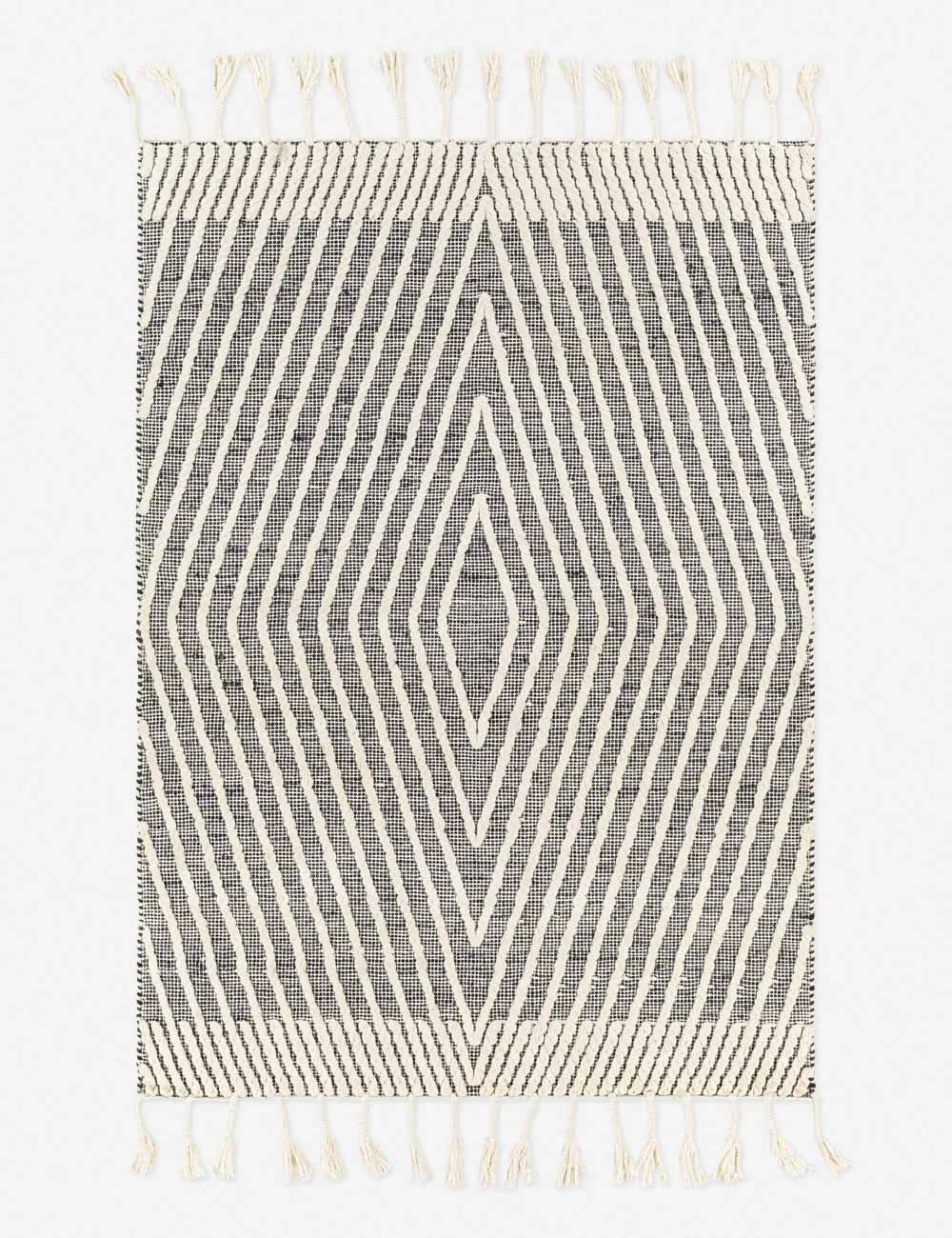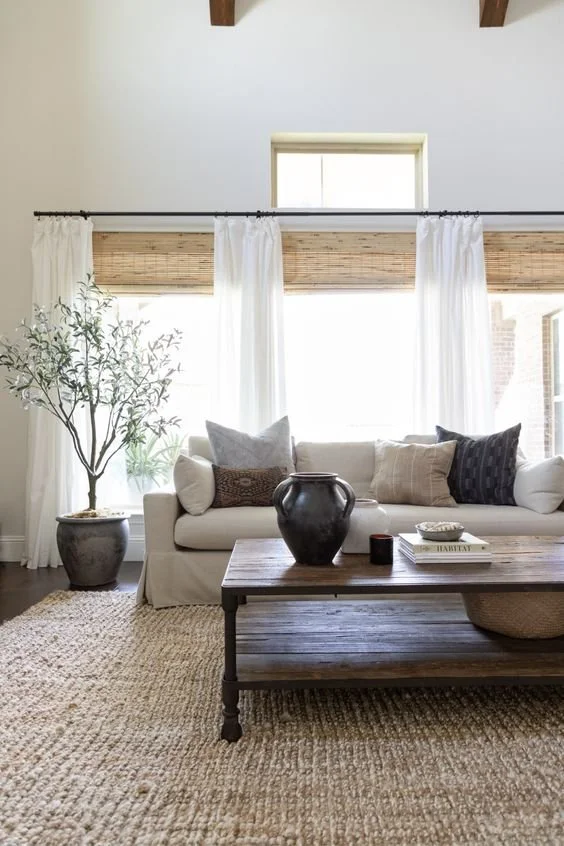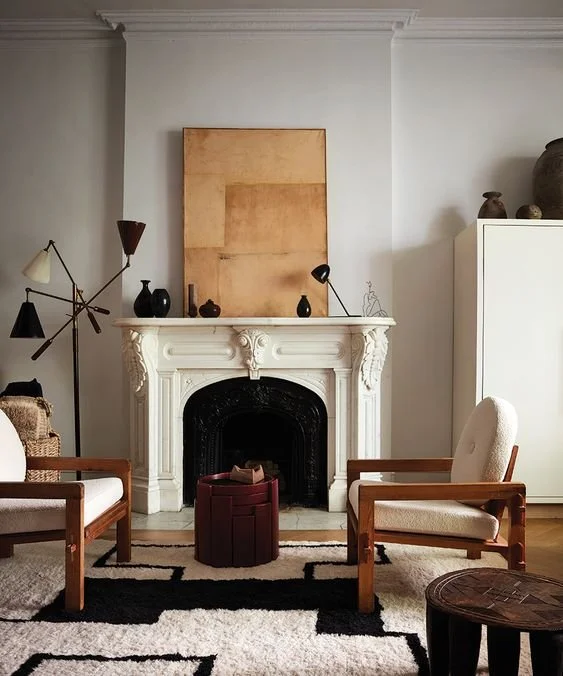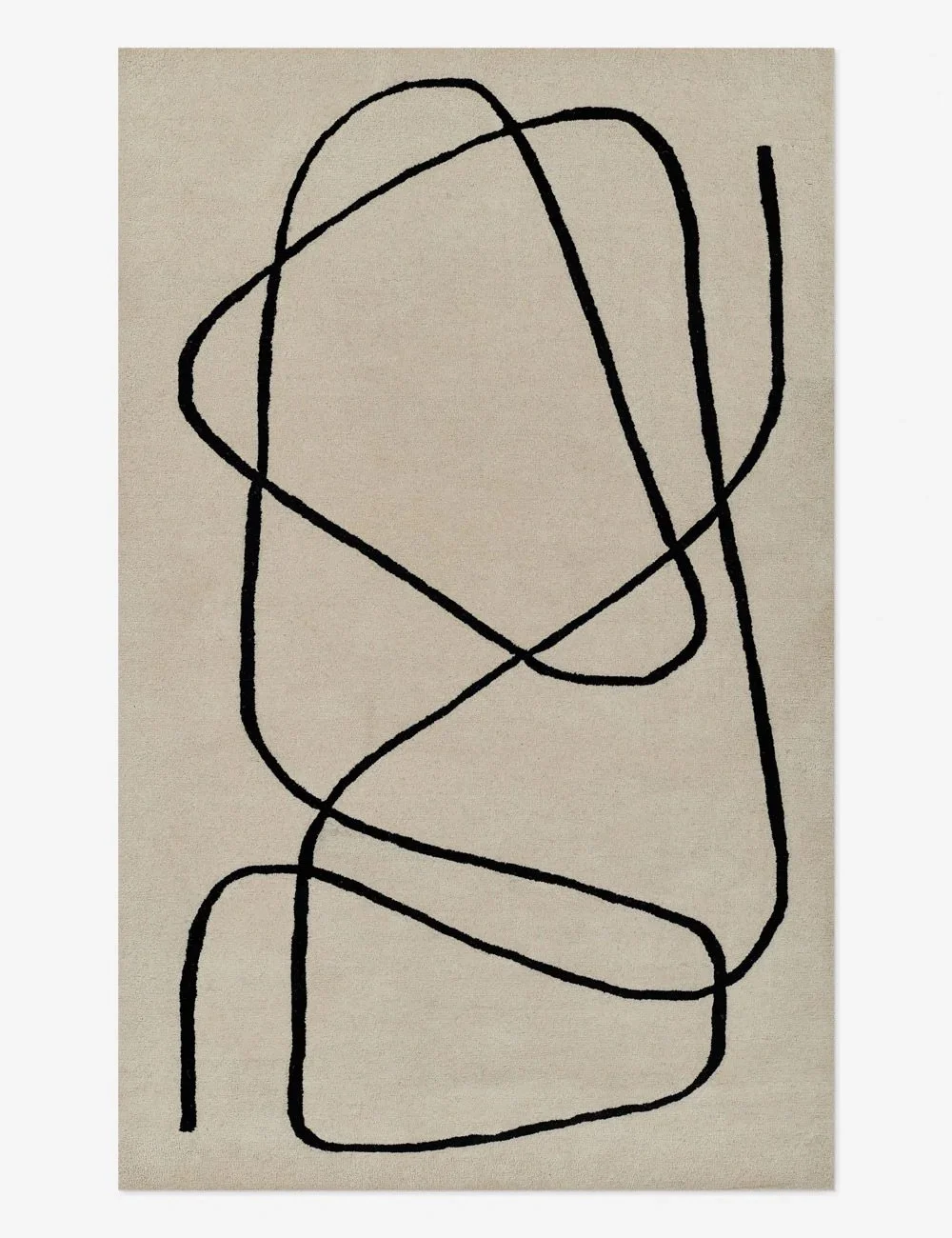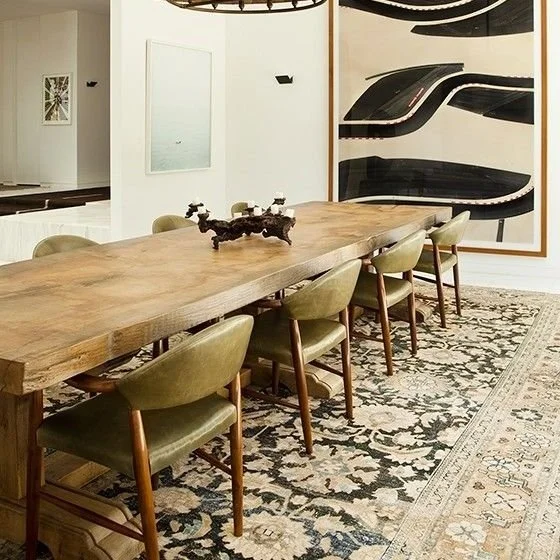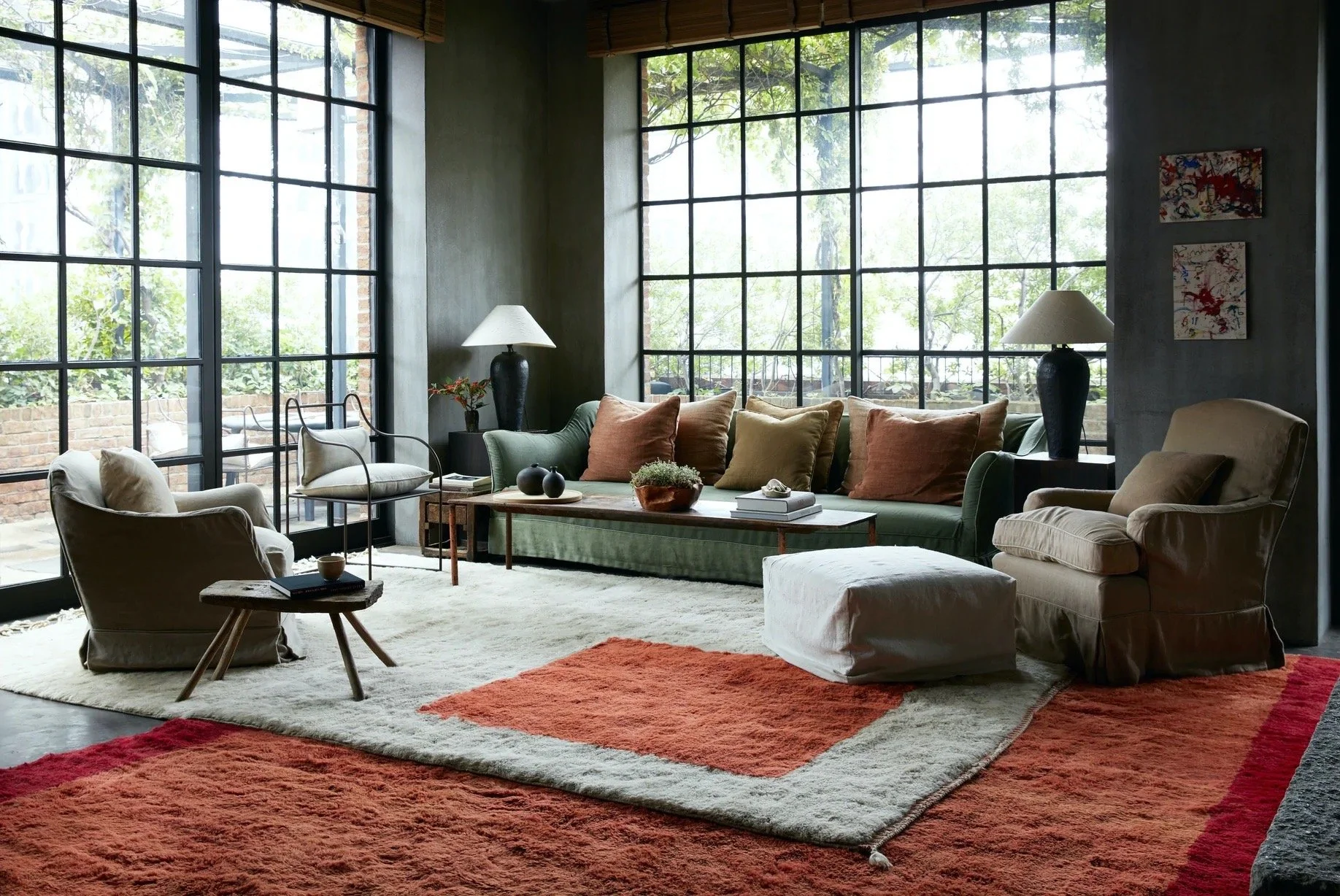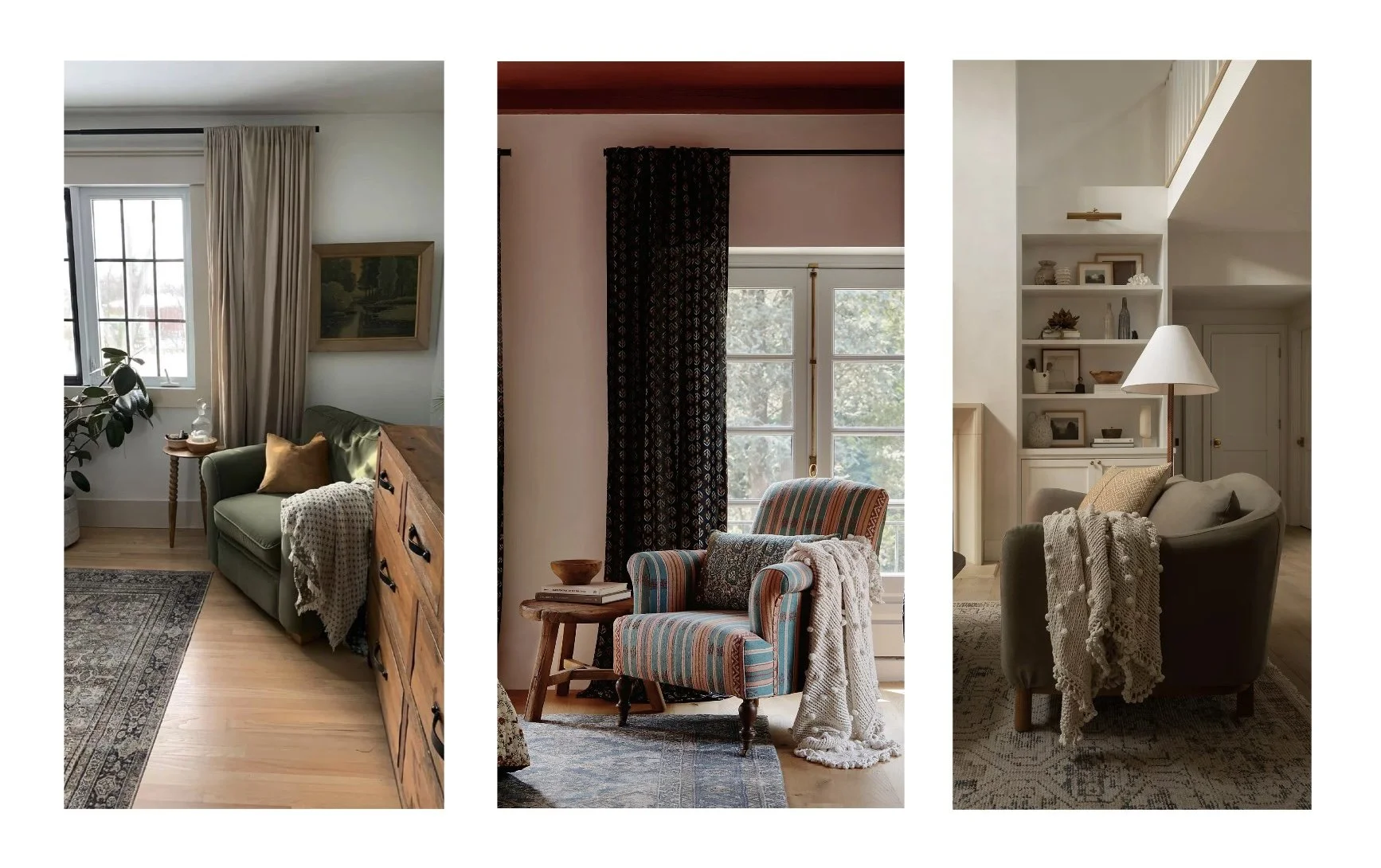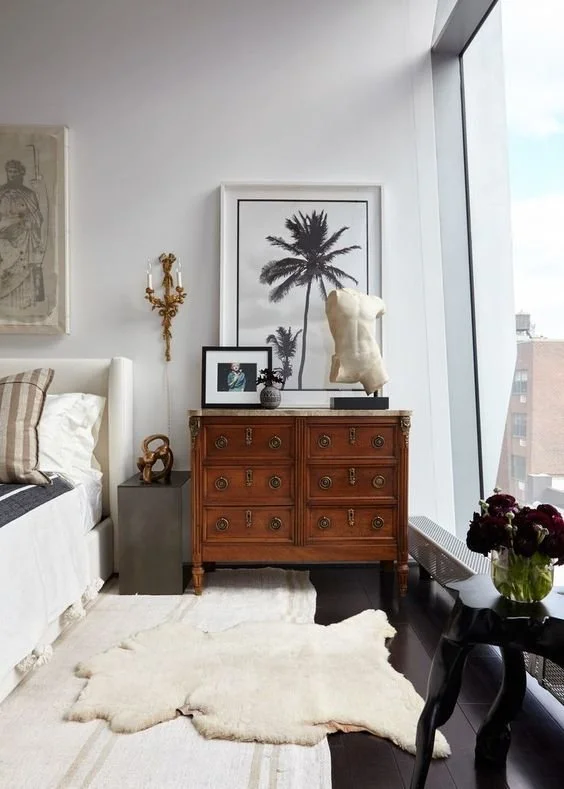how to select a rug
why is it important?
a rug is the stage for the activity in a space. it’s an excellent way of defining an area’s character, mood & presence.
when selecting a rug there’s 4 ways to filter your search
style, pile, colour & size - or s.p.(e)c.s
how do you narrow down your specs?
style
classic
it’s not news that traditional persian rugs are back in a big - paler way. these once bold pieces of art have taken on a muted tonality that suits a wide range of styles and adds a familiar and cozy vibe. typically a radial pattern, these rugs create a canter for everyone to gather around, face each other and engage.
coastal / farmhouse
these are your monochrome, natural fibers that use texture to add warmth to any space. they’re usually a directionless or more linear pattern which directs focus or movement in a space.
contemporary
think modern art; geometric shapes and lines create interesting focals that have a timeless quality. free for movement give a space chic playfulness.
pile
high
luxurious, full and fluffy; this would be a shag or a chunky loop.
used in : living room & bedrooms
pro : super soft & cozy con : harder to keep clean
medium
comfortable and soft but structured; these are berber (small looped) or low cut.
used in : offices & hallways
pro : easy to mix texture or layer con : can be easily damaged by furniture or pets
low
woven, more fabric style mat, usually a cotton base.
used in : kitchen & dining areas or as underlayment
pro : easy to keep clean con : not a ton of comfort
Colour
primary
this is the base colour of a space, usually the wall colour.
secondary
this is the accent colour of a space, usually the flooring, main furniture or millwork
tertiary
this is the detail colour(s) of a space, the other furniture, art & decor
these 3 spacial colours are an easy way to coordinate the colours of your rug.
the more use of the primary colour, the more neutral the rug will be
the more use of the tertiary colour(s), the bolder statement the rug will be
size
rule : the furniture used in the main activity of the space must touch the rug.
example : the office desk and chairs but not the lounge furniture
on the edges
a small rug has a casual feeling, leaving the opportunity to feel engaged but also parced up. ideal for say a bedroom with other lounge furniture
under
a midsize rug has an intimate feeling, suggesting the space is for engagement and connection but not disconnected from other spaces. ideal for say a living room.
outside
a large rug has a grand feeling, creating a protective bubble for the space and SEPARATING it from other activities implying focus on the space while in it. ideal for say a dining space.
no matter what style, pile, colour or size you choose, an area rug instantly adds warmth and definition to any space.
designer trend


